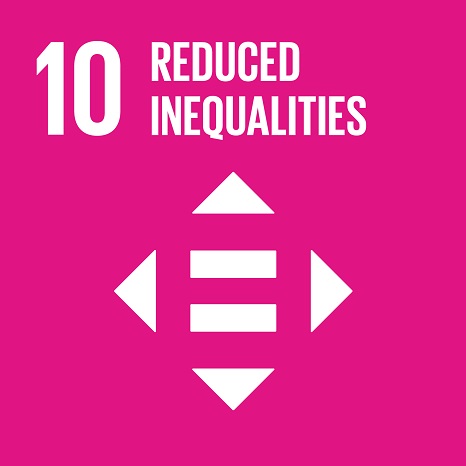Digital outdoor spaces to improve older people wellbeing: narratives in virtual reality
Event Title
Zip Scene Conference
Year (definitive publication)
2022
Language
English
Country
Hungary
More Information
Web of Science®
This publication is not indexed in Web of Science®
Scopus
This publication is not indexed in Scopus
Google Scholar
This publication is not indexed in Google Scholar
This publication is not indexed in Overton
Abstract
Societies are globally growing older and living longer. UN foresees by 2050, 16% of the population will be over age 65, contrasting to 9% in 2019, primarily living in big cities. Declining health and other related issues, such as mobility and mental impairments, discourage elders from using public outdoor spaces. The design of more inclusive outdoor spaces is mandatory, and older people perceptions of those environments need to be further studied. Unfortunately, there is a lack of studies considering the emotions and behaviors of older adults regarding the use of outdoor spaces. Research technics such as post-occupancy evaluation, while valid, come late. To improve these areas and better understand the needs of older adults, we pursue to create an interactive digital narrative, where the older person will be able to navigate a virtual environment and convey their emotions and feelings orally or by the use of sensors such as heart rate, skin conductance or eye tracking. The narrative creation is proposed based on previous extensive research about older people perceptions of outdoor public spaces to explore the potential and limitations of virtual reality. In this experience, we argue about the relevance of using interactive storytelling in architecture as a narrative for user experience studies. Placemaking through storytelling is used frequently in interiors, i.e: worship places and museums. We also understand that a user-centered design in architecture improves older people sense of belonging and social cohesion when experiencing outdoor spaces. Using storytelling, we present a storyboard representing the experimental conditions used in user studies conducted in simulated environments with virtual reality. The results from this research are two-fold. On one side, we reflect on architectural storytelling as a resource to engage older users through a placemaking design proposal. On the other side, this research presents modes to develop a user-centered approach that includes older people in the design of public outdoor spaces by collecting their perceptions and behaviors like fear of falling and walkability. With such an approach, designers and decision-makers can assess the suitability of design solutions before their construction and therefore adapt the built environment to the user’s needs.
Acknowledgements
This work is supported by Fundação para a Ciência e a Tecnologia, I.P. (FCT) [ISTAR Projects: UIDB/151027/2021, UIDB/04466/2020 and UIDP/04466/2020]
Keywords
Fields of Science and Technology Classification
- Computer and Information Sciences - Natural Sciences
- Psychology - Social Sciences
- Arts (arts, history of arts, performing arts, music) - Humanities
Funding Records
| Funding Reference | Funding Entity |
|---|---|
| UIDB/151027/2021 | FCT |
Contributions to the Sustainable Development Goals of the United Nations
With the objective to increase the research activity directed towards the achievement of the United Nations 2030 Sustainable Development Goals, the possibility of associating scientific publications with the Sustainable Development Goals is now available in Ciência_Iscte. These are the Sustainable Development Goals identified by the author(s) for this publication. For more detailed information on the Sustainable Development Goals, click here.

 Português
Português




